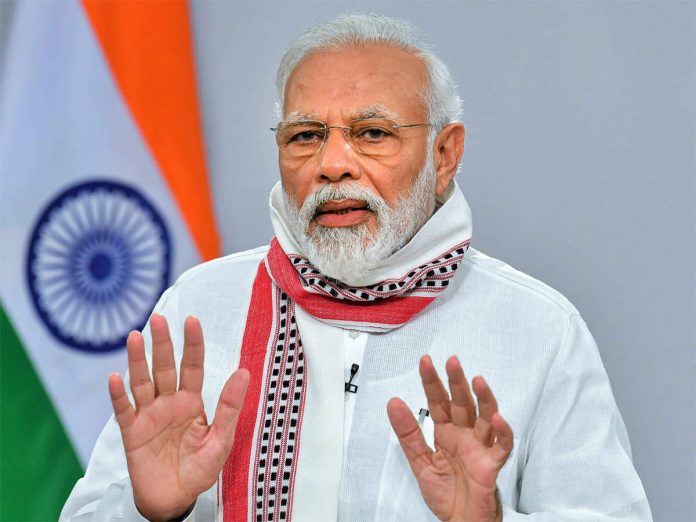The Indian government’s plan to connect over six lakh villages with optical fibre network as a part of “generational projects”. It helps to build the country better in a post-COVID world and it focuses on the inclusion and leapfrogging access to information and service. Prime Minister Narendra Modi announced on the occasion of India’s 74th Independence Day that was the project to connect India’s over six lakh villages with an optical fibre network will be completed in the next 1,000 days.
The Prime Minister’s announcement on fibre optic cable connectivity, it is precisely in this crisis, the nation need generational projects of that magnitude to not only be conceived but to be implemented and financed because they are the investment in the ‘Build Forward Better’ in the recovery strategy means post-COVID. He added that they are by their very nature focused on inclusion on the poor because it is by connecting the villages that we enable people to leapfrog generational access to information and services.
Steiner said India has an extraordinarily dynamic and globally relevant digital finance industry, combined with public policy and government role also. He added that they consider India as one of the frontier countries in software development, in linking the possibilities of technology including hardware and software to development outcomes. Some of the work they are doing with Indian private sector as well as the public sector institutions, including the NITI Aayog, in understanding how that horizon can be expanded very quickly is something are appreciated.
Digital transfers provide governments to get support to people in need, crowdfunding platforms have mobilized funds for medical supplies, emergency relief, and algorithmic lending. For digitalization to be a true force for delivering on the SDGs, technological advances must combine with the sound policy that empowers citizens and enables our financial system to meet the immediate investment challenges that must be overcome to build forward better.
The report notes that digital financing has broadened access to financial services for millions of low-income customers and also MSMEs around the world. It cites the example of fintech start-ups in India such as LenddoEFL and CreditVidya that offer collateral-free, credit lines, augmented with social media, psychometric, big data, and geolocation information.
Citing Indian government’s data on Direct Benefit Transfer, the report said that digitalization has saved India’s government an estimated USD 22 billion to date and almost half of the world’s population, about 3.2 billion people, already has some form of ID able to be used online. According to the note of the Aadhaar card issued by the Indian government, it is expected to rise to 5 billion by 2024.

